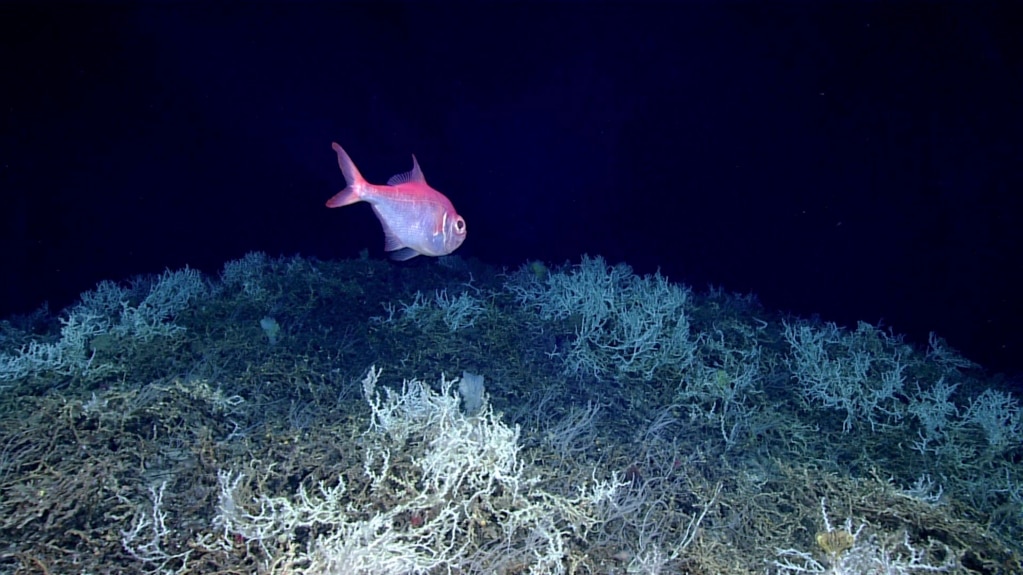Scientists have mapped the largest coral reef off America’s Atlantic coast.
Researchers say the reef stretches about 500 kilometers from Florida to South Carolina. At some points, it is 109 kilometers wide. The researchers measured the reef using 3D mapping technology.
“It's eye-opening – it's breathtaking in scale,” Stuart Sandin told The Associated Press. He is a marine biologist at the Scripps Institution of Oceanography. Sandin was not included in the research.
Ocean scientists have known since the 1960s that some coral life was present off the Atlantic Coast. But the reef's exact size had remained a mystery. New underwater mapping technology made it possible to construct images of the ocean floor in three dimensions.
The largest yet known deep coral reef "has been right under our noses, waiting to be discovered,” said Derek Sowers. He is an oceanographer at the nonprofit group Ocean Exploration Trust.
Sowers and other scientists recently released maps of the reef in the publication Geomatics.
The reef was found at ocean depths from 200 to 1,000 meters. Deep-sea life cannot use sunlight to carry out photosynthesis. Instead, reef corals at extreme depths must filter food particles out of the water for energy.
Deep coral reefs are known to contain animals such as sharks, swordfish, sea stars, octopus, shrimp and many kinds of fish.
Unlike deep coral reefs, tropical reefs are better known to scientists and sea explorers alike because they are easier to reach. The world's largest tropical coral reef system, Australia’s Great Barrier Reef, stretches for 2,300 kilometers.
Sowers said it is possible larger deep-sea reefs will be discovered in the future since only about 25 percent of the world's ocean floor has been mapped in 3D. Only 50 percent of U.S. offshore waters have been mapped. Maps of the ocean floor are created using high-technology sound equipment, called sonar, on ships.
Erik Cordes is a marine biologist at Temple University and a co-writer of a study on the mapping operation. He said deep reefs cover more of the ocean floor than tropical reefs. But both are currently facing similar risks, including climate change and damage from oil and gas exploration activities
I’m Bryan Lynn.

